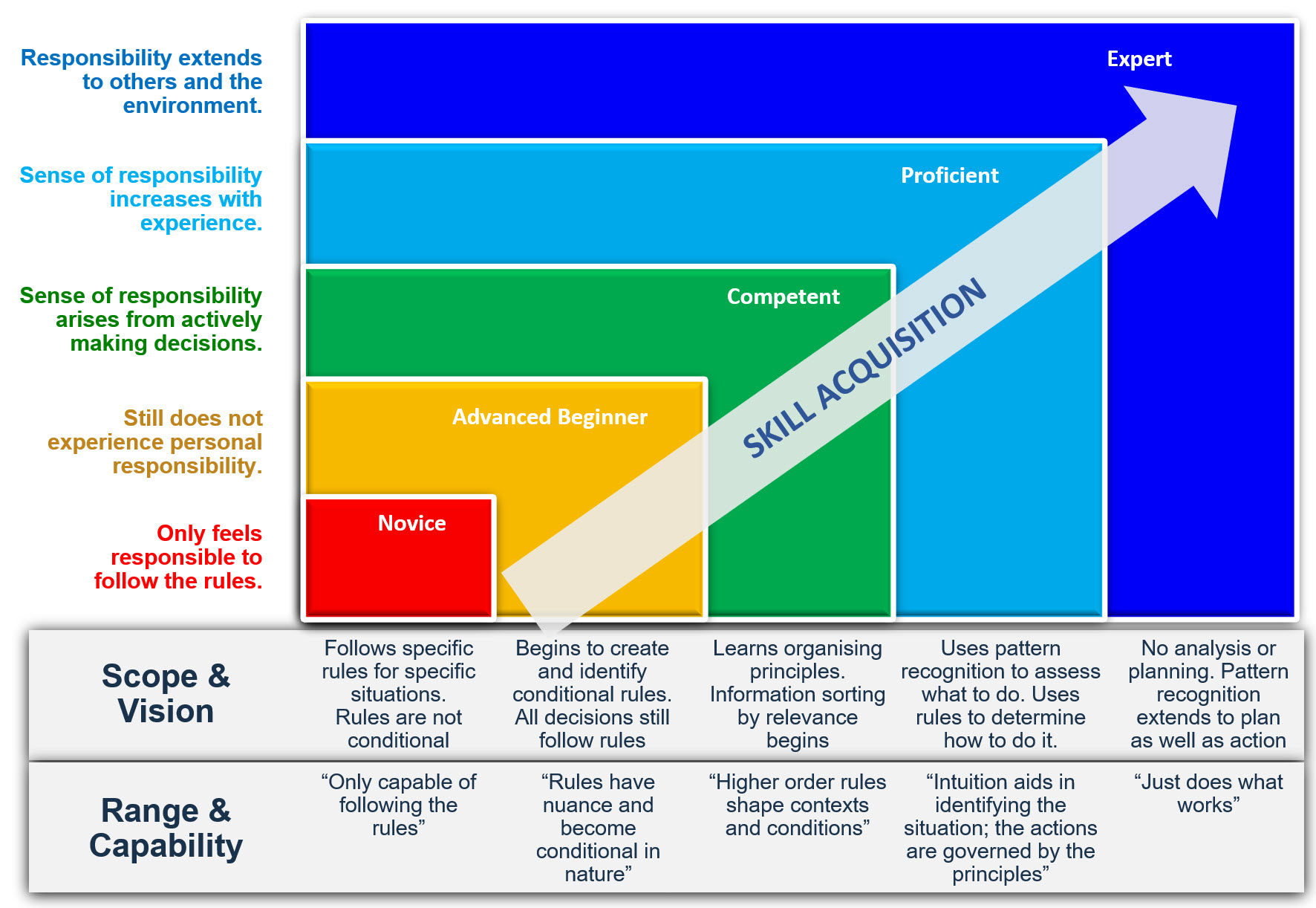Psych, Culture and Human Error
Topics covered: Understanding human behavior, human error and human performance management, culture change and people - adopting the “reliability philosophy”.
The core requirement of a reliability improvement initiative is that you change the behavior of everyone in the organization. You need the right type of support at the highest levels in the organization, and you need everyone throughout the organization to contribute to the process. If you simply try to change people by implementing new practices and techniques, you will not be successful.
The course is broken up into four sections.
- We start with the “Psychology of reliability” where the focus is on understanding human behavior. This may seem like a strange topic for reliability people, but when you begin to understand human behavior (cognitive biases, peer group pressure, motivation, what we see when we look, and more) you will at once understand why so many problems exist in the plant, and what it will take to make changes. This is a fun topic (IMO) as it provides numerous experiments where the results will surprise you.
- Next, we focus on “Human error and human performance management”. It is simply not possible to truly understand why failures (and accidents occur) and how to avoid accidents and failures without understanding this subject.
- Next, the focus is on “Culture change” – what does it take to ensure that people’s behaviors change – willingly. The behaviors must change, and forcing the change will have very limited success.
- And finally, as a bonus section, we have included the “PEOPLE Phase” of our Asset Reliability Transformation® [ART] process. It will certainly help if you have already taken the ART overview course first, but it will still make sense if you haven’t.
The PEOPLE Phase explains how to ensure:
- The key people demonstrate leadership qualities
- Everyone is aware of how they benefit by working in a reliable plant – and understand what a reliable plant is (and how to get there)
- People understand their roles and responsibilities
- People have been trained and certified, so they have the knowledge, skills, and competence to perform their roles (after you audit the roles so that you understand the requirements)
- And people are engaged in the reliability improvement process.
In all honesty, the last item in the list is the culmination of everything else in this course and is the most important element to get right with your program. If you successfully gain the enthusiastic engagement of the majority of the plant workforce and management then you will have a successful program. Without it, you will struggle to do anything other than achieve a few pockets of success in largely technical areas.
This course has been extracted from the Asset Reliability Practitioner® (ARP) Reliability Program Leader ARP-L course; therefore, it is perfect for anyone who wishes to successfully implement a reliability improvement program – or any other “change program” for that matter.
Note that you will be credited with this course fee if you upgrade to the ARP-L course.
LANGUAGE: English
LESSONS: 27
DURATION: 10 hours and 10 minutes
SUBSCRIPTION DURATION: 3 months
The course includes approximately 10 hours 10 minutes of video lessons, delivered by Jason Tranter, the founder and CEO of Mobius Institute.


